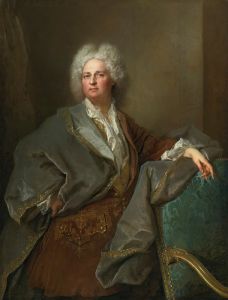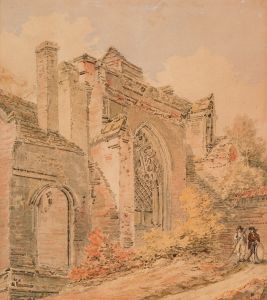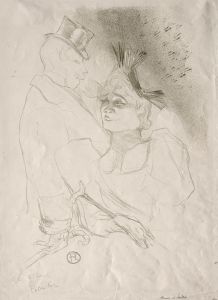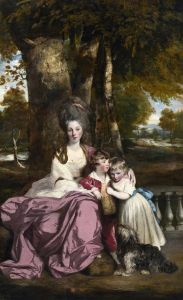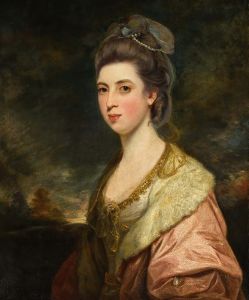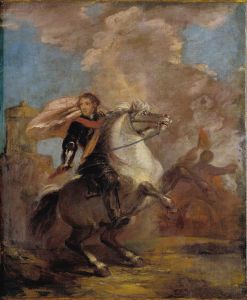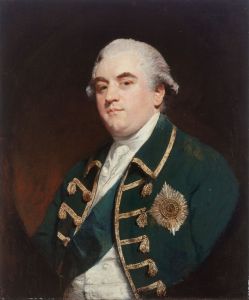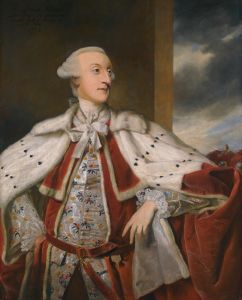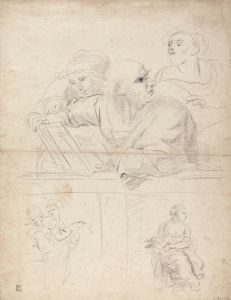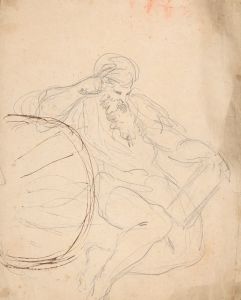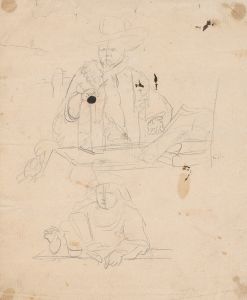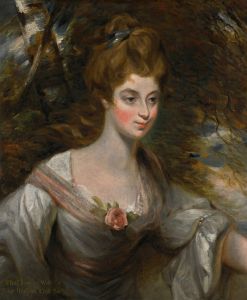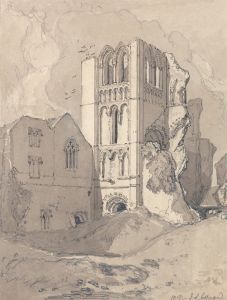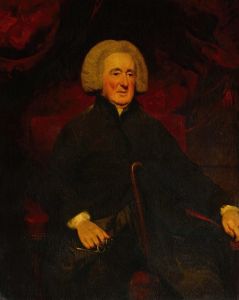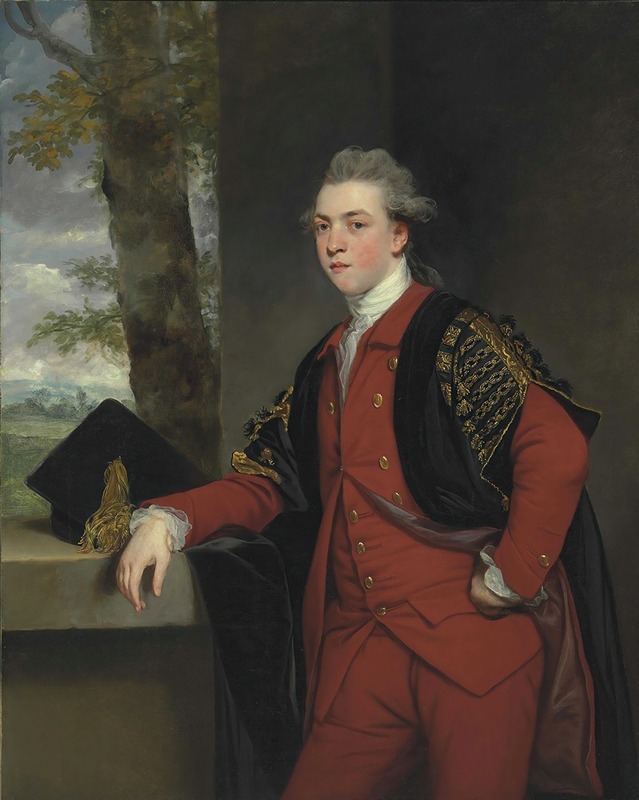
Portrait Of Francis Basset, Later 1st Baron De Dunstanville And Basset
A hand-painted replica of Sir Joshua Reynolds’s masterpiece Portrait Of Francis Basset, Later 1st Baron De Dunstanville And Basset, meticulously crafted by professional artists to capture the true essence of the original. Each piece is created with museum-quality canvas and rare mineral pigments, carefully painted by experienced artists with delicate brushstrokes and rich, layered colors to perfectly recreate the texture of the original artwork. Unlike machine-printed reproductions, this hand-painted version brings the painting to life, infused with the artist’s emotions and skill in every stroke. Whether for personal collection or home decoration, it instantly elevates the artistic atmosphere of any space.
The painting Portrait of Francis Basset, Later 1st Baron de Dunstanville and Basset is a work by Sir Joshua Reynolds, one of the most prominent portrait painters of 18th-century Britain. This artwork depicts Francis Basset (1757–1835), who would later be ennobled as the 1st Baron de Dunstanville and Basset. Basset was a member of a wealthy and influential Cornish family, known for their extensive mining interests and contributions to the industrial development of Cornwall.
The portrait is believed to have been painted during Basset's youth, prior to his elevation to the peerage in 1796. Reynolds, renowned for his ability to capture the character and status of his sitters, portrays Basset in a manner that reflects his social standing and future prominence. The painting exemplifies Reynolds's signature style, characterized by a combination of grandeur and naturalism, as well as his masterful use of light and color.
Francis Basset inherited significant wealth and estates from his family, which allowed him to play a prominent role in local and national affairs. He was a supporter of the mining industry in Cornwall and contributed to the development of infrastructure in the region. His elevation to the peerage was a recognition of his contributions to society and his loyalty to the Crown during a period of political unrest.
The painting is a fine example of Reynolds's ability to convey both the individuality of his sitter and the broader ideals of the Georgian era. It is not only a personal likeness of Basset but also a reflection of the values and aspirations of the British aristocracy during the 18th century. The exact location of the painting today is not specified in widely available sources, but it remains an important work within Reynolds's extensive oeuvre.
As with many of Reynolds's portraits, the artwork demonstrates his skill in creating a sense of timelessness and dignity, qualities that have made his works enduringly popular. The painting serves as a historical document, offering insight into the life and times of Francis Basset and the artistic achievements of Sir Joshua Reynolds.





